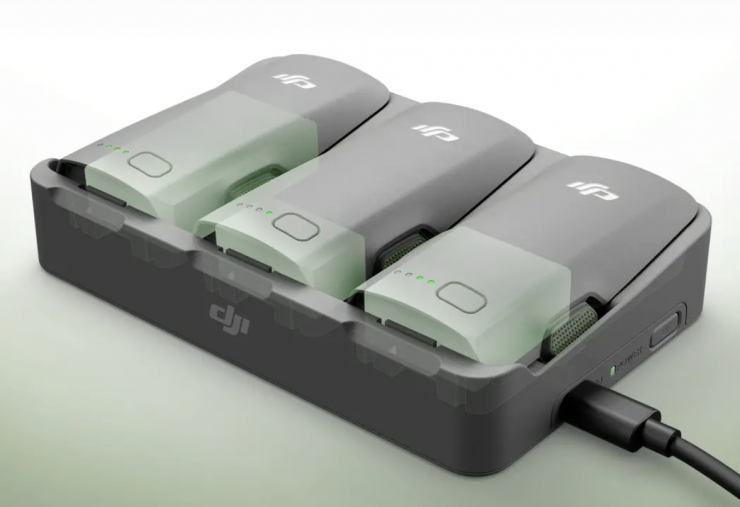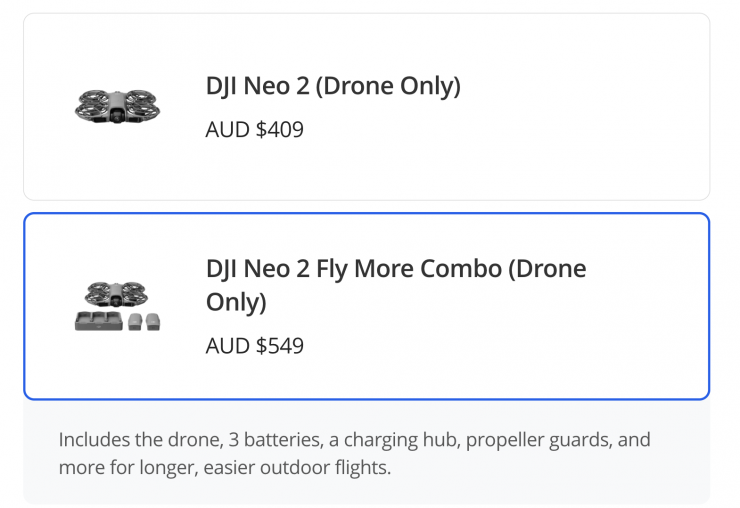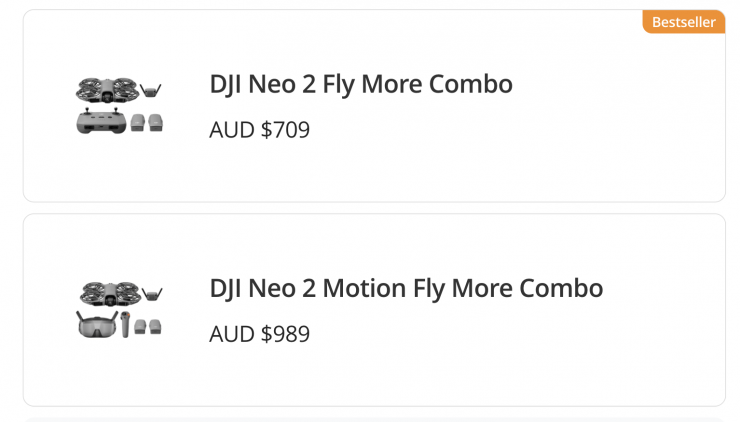DJI Neo 2 – Newsshooter
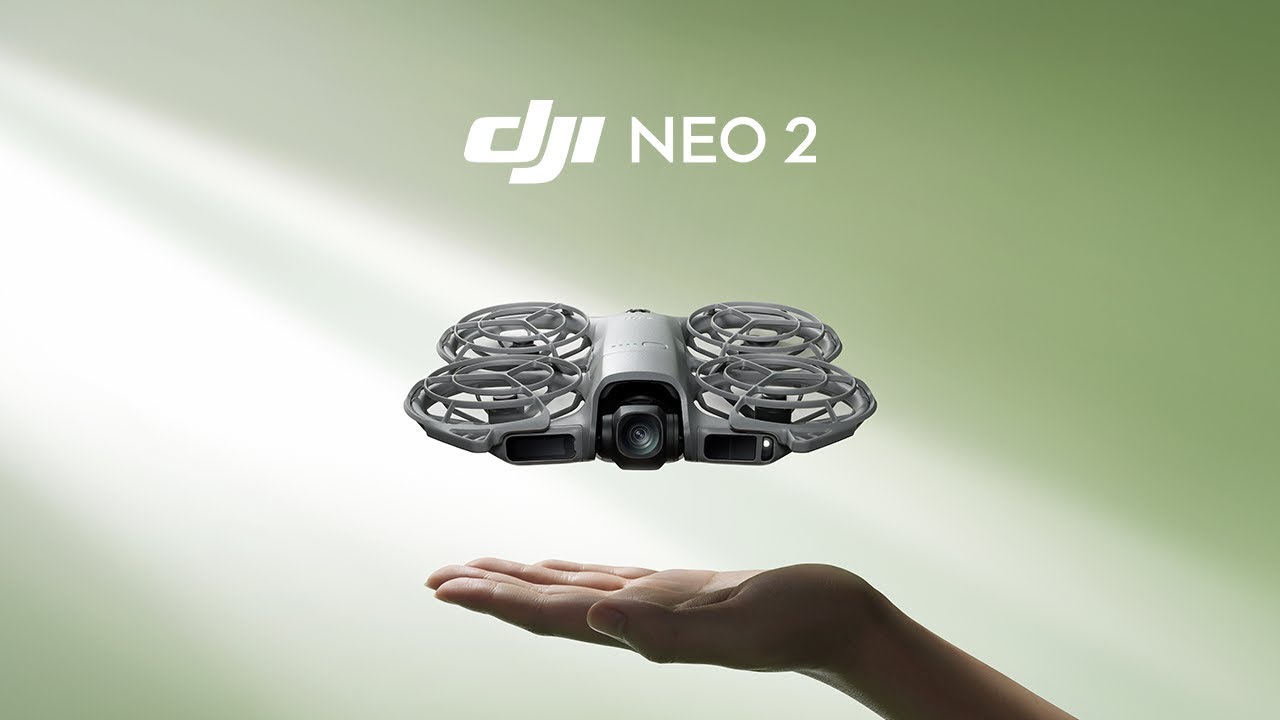
DJI has announced its new Neo 2 drone. It can capture 4K at up to 100fps, and it features a large range of control options and safety features. It weighs in at just 151g / 5.32 oz.
Key features
- Palm Takeoff & Landing, Gesture Control
- Faster, Smoother Tracking With ActiveTrack
- Easy Moment Capture With SelfieShot
- Omnidirectional Obstacle Sensing and Versatile Flight
- 4K High-Quality Imaging
- Lightweight, Portable Design With Full-Coverage Propeller Guards
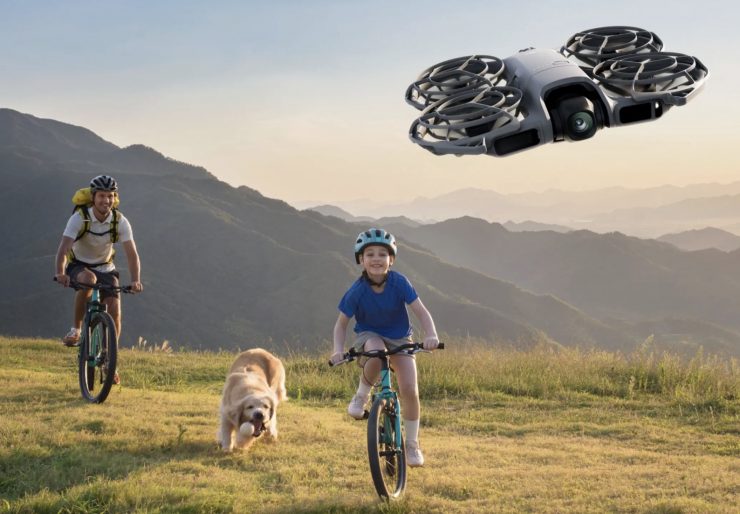
Neo 2 features a 12MP, 1/2-inch CMOS sensor with an f/2.2 aperture. You can capture 4K/60fps video, 4K/100fps slow motion, and 2.7K vertical video, all stabilized by a 2-axis gimbal. There is 49GB of internal storage, but no ability to use removable media.
Horizontal Shooting:
4K (4:3): 3840×2880@60/50/30fps
1080p (4:3): 1440×1080@60/50/30fps
4K (16:9): 3840×2160@100*/60/50/30fps
1080p (16:9): 1920×1080@100*/60/50/30fps
Vertical Shooting:
2.7K (9:16): 1512×2688@60/50/30fps
* 4K/100fps and 1080p/100fps recording are only supported when using motion control or remote control.
The maximum bitrate is 80 Mbps, and the material gets recorded in the MP4 format.
The flight time is 19 minutes. Users can connect the drone directly to a power source using a USB-C data cable for charging. Neo 2’s Two-Way Charging Hub can charge three batteries at once.
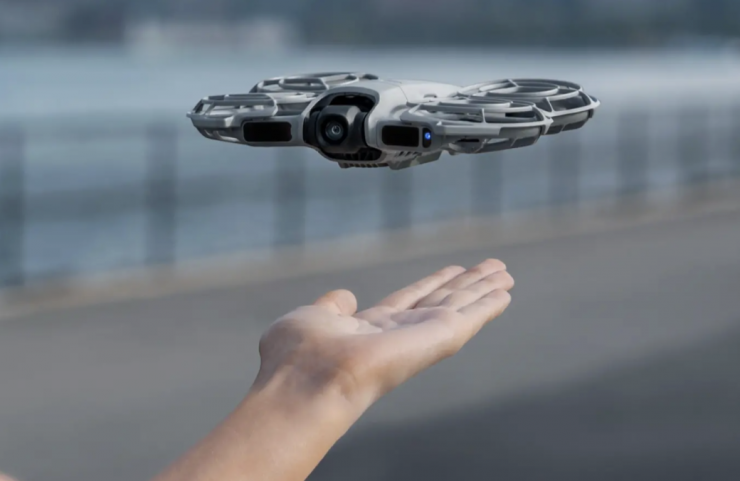
DJI Neo 2 features an onboard display so users can make intuitive shooting mode selections. To launch the Neo 2, you simply point it at yourself and press the takeoff button with one hand; it then takes off directly from your palm and performs automatic camera movements. A new Return-to-Palm feature allows Neo 2 to precisely locate your palm, return safely, and land steadily.
When using palm takeoff or mobile app control, Neo 2 will return to the home point after completing its course. When using a remote controller or immersive motion control, Neo 2 supports Return to Home (RTH) and Failsafe RTH, activating obstacle avoidance during the return for enhanced safety and beginner-friendly operation.
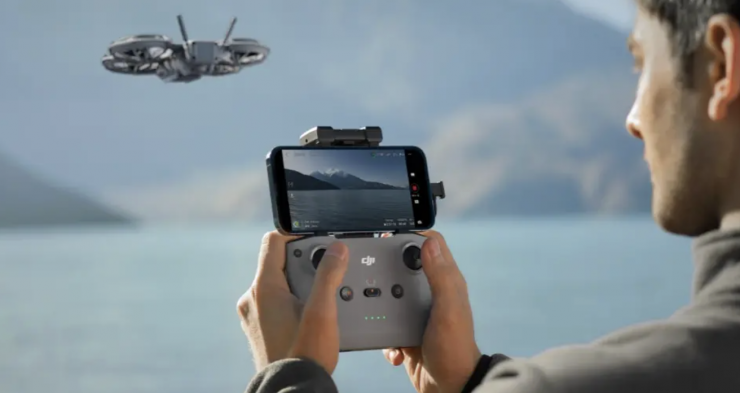
Neo 2 can follow you even without a remote controller; however, you can also pair it with the DJI RC 2 or DJI RC-N3 remote controller for easy-to-start aerial flights. When paired with DJI RC-N3 remote controller, Neo 2 can achieve a maximum video transmission distance of 10 km

With DJI goggles, you can also use the motion controller for immersive FPV flights.
DJI states that you can adjust Neo 2’s direction and proximity with one or both hands. Point your palm toward the drone to guide it up, down, or side to side, or use both palms for precise control over proximity. No remote controller is needed for camera angle adjustment.
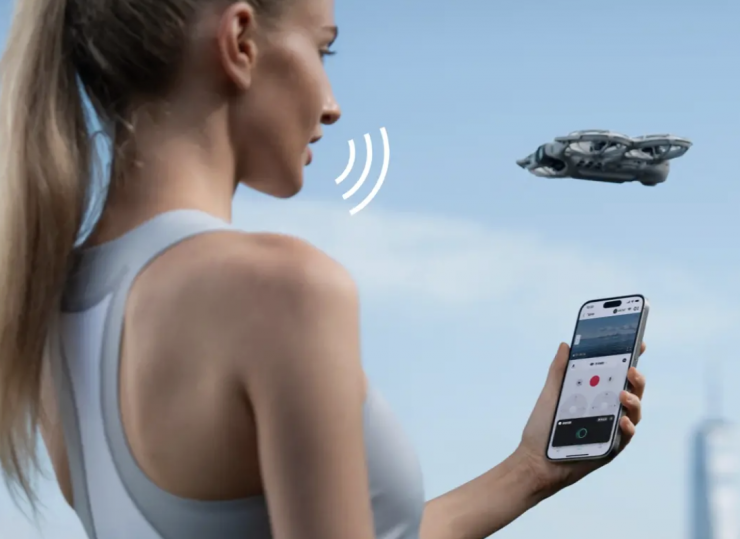
You can also send flying commands using your smartphone or Bluetooth earphones. When connected to your phone, it can capture audio and intelligently reduce noise, automatically filtering out propeller noise.
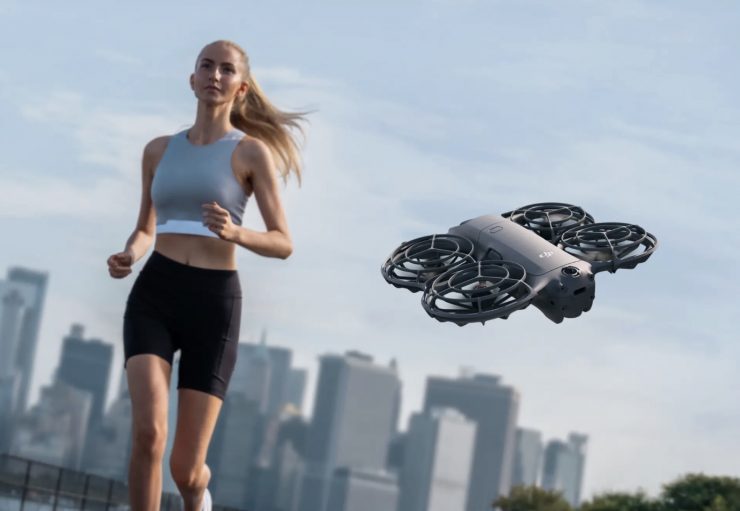
DJI Neo 2 supports ActiveTrack and SelfieShot, automatically framing subjects for smooth. There are also multiple intelligent shooting modes.

Neo 2 enables smooth and stable tracking for running, cycling, and more. In open areas, it can track at speeds of up to 12 m/s.
Eight-direction tracking (forward, backward, left, right, and four diagonals) enables smoother, more natural follow shots. In complex environments, the drone can switch to rear tracking mode, steadily keeping the subject in focus.

With the new omnidirectional obstacle sensing feature, Neo 2 can detect and avoid obstacles when tracking from the front or sides, so even beginners can operate the drone with ease.
Pricing & Availability
The DJI Neo 2 isn’t currently available in the US, but you can buy it just about anywhere else. In Australia, it retails for $409 AU.




